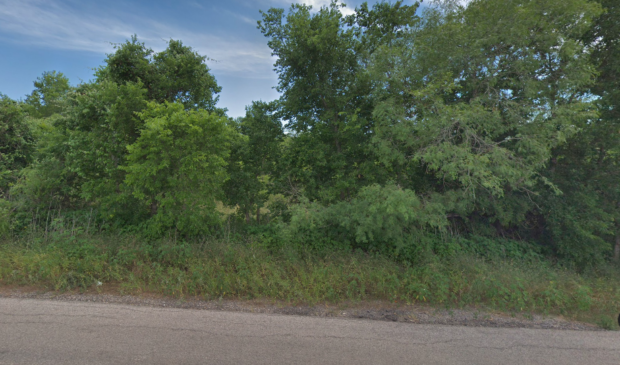Newsletter Signup
The Austin Monitor thanks its sponsors. Become one.
Most Popular Stories
- Austin’s airport is getting a new concourse and 20 more gates but not until the 2030s
- New rules in the works for electric vehicle charging stations
- Judge rules city can’t use taxpayer money for South Central TIRZ
- Budget deficit looms over city this year and beyond
- Save Our Springs Alliance sues City Council over Open Meetings Act
-
Discover News By District

ZAP recommends less density than staff does for South Austin site
Monday, February 24, 2020 by Jessi Devenyns
At its Feb. 18 meeting, the Zoning and Platting Commission debated how much density is too much for the lot at 6917 Colton Bluff Springs Road.
Although the land is intended for a single project, the 23-acre site is divided into two tracts, which currently have Rural Residence (RR), Single-Family Residence – Small Lot (SF-4A) and Neighborhood Commercial – Mixed-Use (LR-MU) zoning. The applicant, however, requested to change the property to a mixture of Multifamily Residence – Medium Density (MF-3) and Community Commercial – Mixed-Use (GR-MU) zoning.
Despite staffers’ support for the project, the commission felt that the medium-density MF-3 zoning was too much for the site and instead voted 9-1 to recommend Multifamily Residence – Low-Density (MF-2) zoning with GR-MU zoning on the second tract.
“Going up to MF-3 just seems like a huge amount,” Chair Jolene Kiolbassa said. “I was just wondering why you are doing that, other than to make money?”
Each acre of land can have 36 units under MF-3 zoning. Under MF-2 zoning, each acre can support 23 units. In addition to unit count, Jeff Howard, who was representing the applicant on the case, said the higher-density multifamily zoning also offers more flexibility for the planning and design of the overall project.
Although code permits 36 units to be built on each acre of land that has MF-3 zoning, Howard told the commission that the proposal for the site has only 144 units. Of the 13 developable acres on the site, that’s a total of 468 units. The western five acres of the property are in the floodplain and undevelopable.
“We’re really playing a numbers game here,” Commissioner Jim Duncan said. He explained that the development rights from the 5 acres in the floodplain are transferable to the remaining 13 acres, which will then increase the allowable density from 36 units per acre to 50 units per acre.
“It’s playing a shell game here,” Commissioner King said. “Either we have a certainty we’re going to limit it to 12 units per acre or we don’t.”
Wendy Rhoades with the Planning and Zoning Department told the commission that while transfers of development entitlements from floodplain areas are permitted in urban watersheds, it’s not allowed in suburban watersheds where this tract is located.
Commissioners remained wary of recommending zoning that allows for what they viewed as an excessive number of units on the site. “I don’t care what the zoning is on it as long as we say you can’t build over 140 units, period,” said Commissioner Duncan.
Neighbor Don Zdancewicz also expressed his hesitation in regards to the project. “We have no assurance what they’re stating in this (plan) is what is actually going to be built,” he said, arguing that recommending zoning that allows for higher unit densities runs the risk of encouraging a project with more units, which will increase traffic on what he called a “substandard” road.
“The resulting traffic,” Zdancewicz said, “should exclude this zoning case from consideration.”
According to the backup for the case, staff members do not anticipate the project generating more than 2,000 trips per day and have therefore not required a traffic impact analysis.
After a considerable amount of discussion, including whether or not to limit the unit count on the property with a conditional overlay, the commission settled on a recommendation of lower-density MF-2 zoning for the residential portion of the property. Commissioner Duncan voted against the motion.
Photo courtesy of Google Maps.
The Austin Monitor’s work is made possible by donations from the community. Though our reporting covers donors from time to time, we are careful to keep business and editorial efforts separate while maintaining transparency. A complete list of donors is available here, and our code of ethics is explained here.
You're a community leader
And we’re honored you look to us for serious, in-depth news. You know a strong community needs local and dedicated watchdog reporting. We’re here for you and that won’t change. Now will you take the powerful next step and support our nonprofit news organization?









